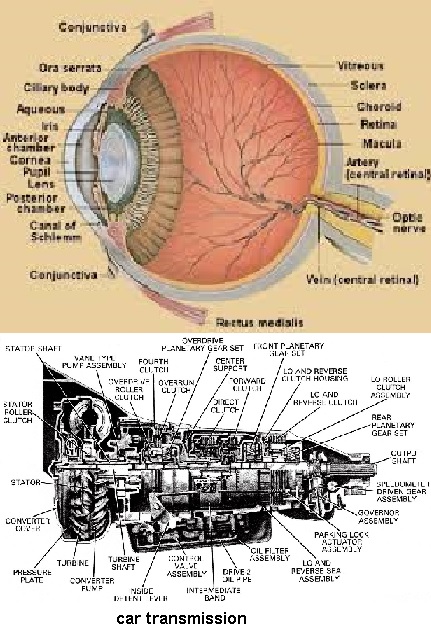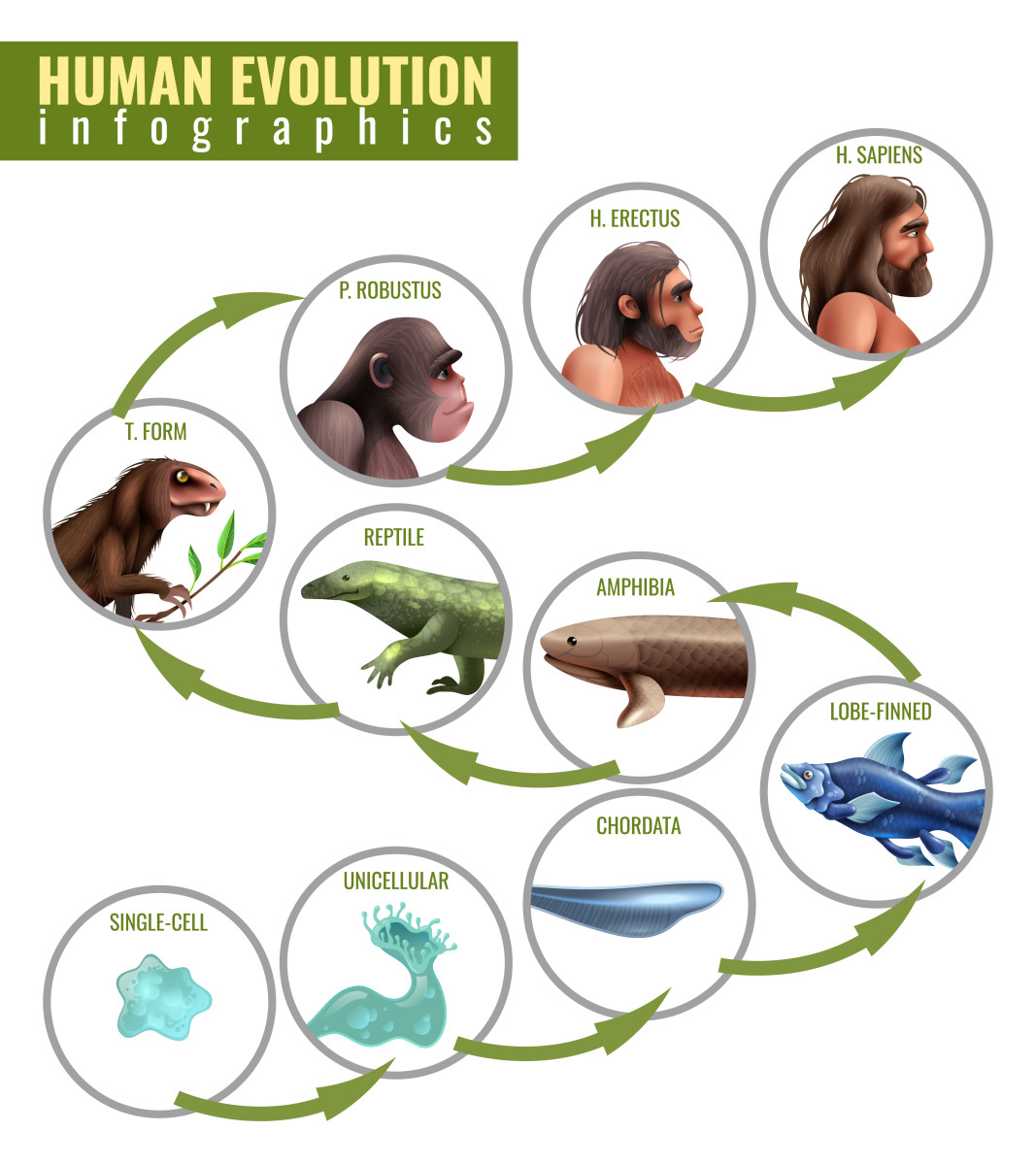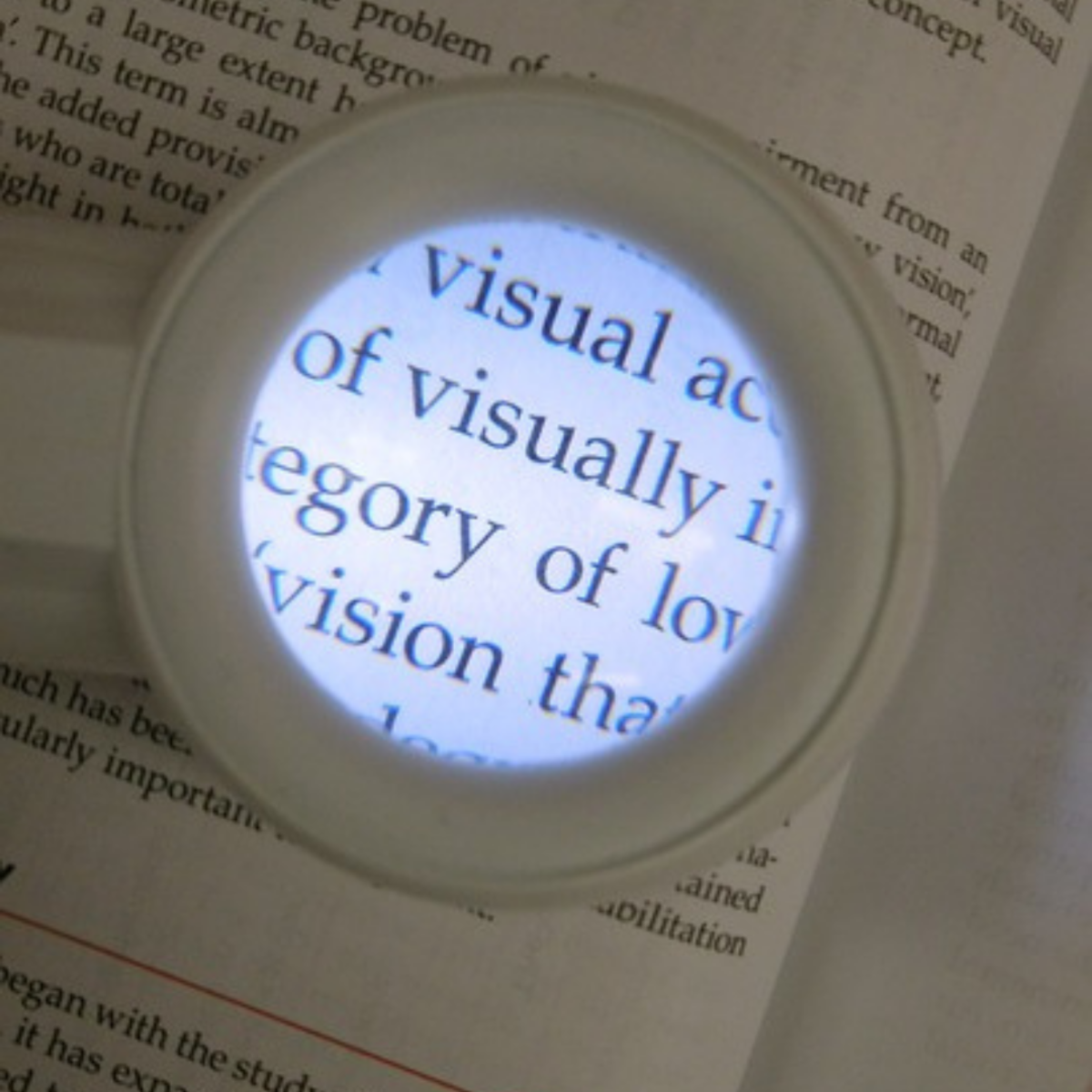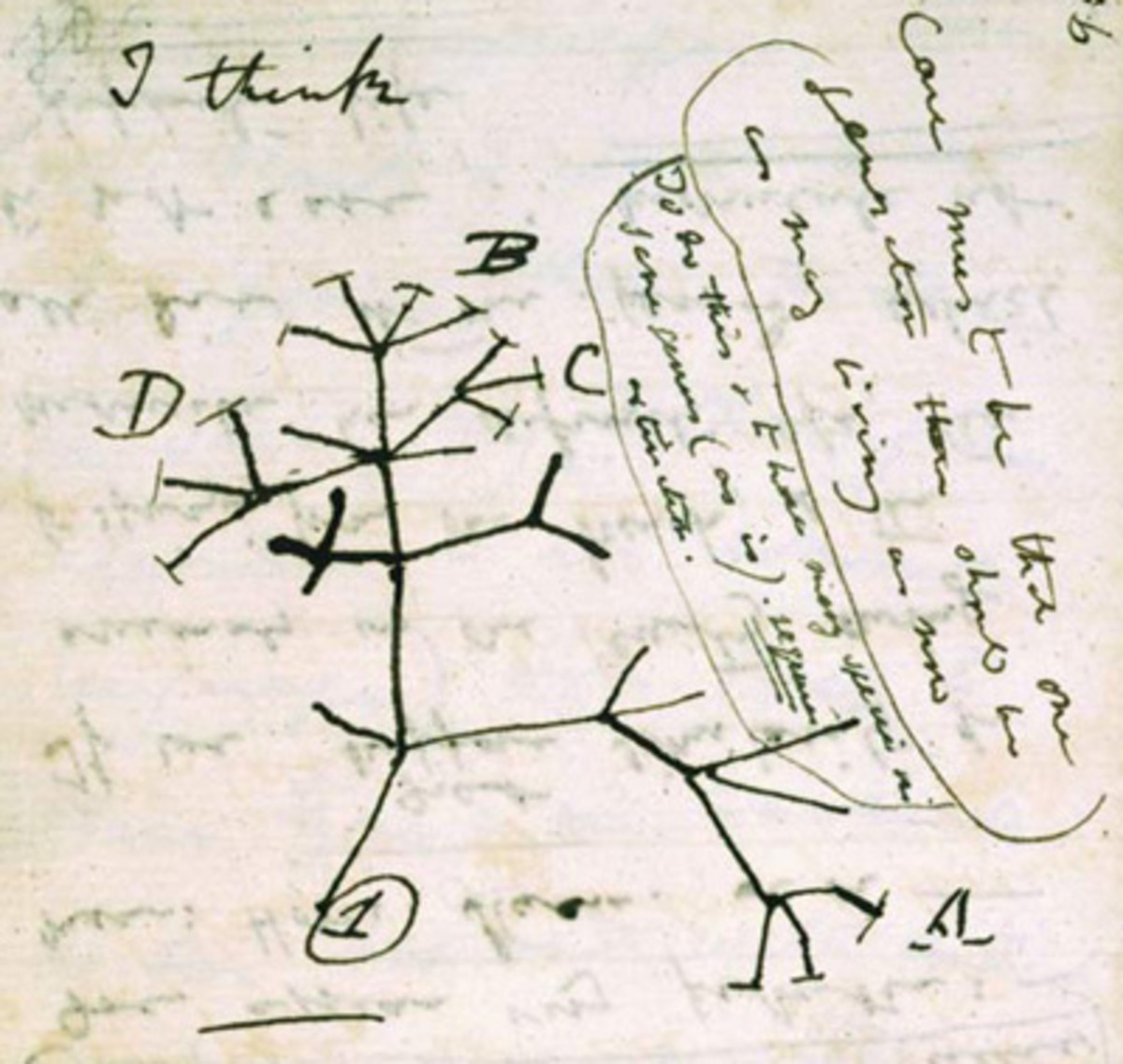The Eye and the Car

The eye is one of the most complex, amazing, and useful organ in the human body. It enables the humans to visualize the surrounding world in living colors and true dimensions with clarity. It takes Nature around 500 million years to arrive at the eye’s present biological configuration from the appearance of the first living organism. Together, the eye and the brain form a vital link that allows the humans to become the most dominant living species on Earth. The car is one of the most complex, amazing, and useful mechanical device in the man-made world. It enables the humans to travel over great distance in comfort and relatively short time. In the process, the surface of Earth is forever altered with paved roads and concrete-steel bridges. It takes the humans around 100 years to arrive at the present mechanical configuration from the appearance of the first Ford Model T. Today’s car has more than 10,000 individual parts that are manufactured from the raw materials found on Earth.

Evolution of the Eye
The human’s eye has around a million light sensitive sensors and optic nerve cells along with a focus lens and an automated shutter mechanism that convert the images from the outside world into electrical pulses that the brain can process back to the original sharp forms as well as comprehend their significances. Due to its soft tissues, there is no fossil record to trace its million years of revolutionary steps. But, it is found that all living things that move not only have eyes (with some species in various stages of complexities) but also have the same genes in the DNA that are responsible for the eye’s construction. Thus, by studying the eyes of the different species found today, a roadmap of the eye’s possible development on Earth since the very beginning can be drawn as followed.
1) Bacteria, the smallest and oldest organisms on Earth, have the smallest eyes known as a pigmented light-capturing eyespot. Billions of them are still thriving in the most hostile and unforgiving conditions on Earth.
2) The insects have compound eyes that are immovable, unable to focus, and short sighted. But, they are so well adapted to their environment that their eyes have survived more or less unchanged for millions of years.
3) The mollusk’s cup-like eye has been described by many biologists as the next evolutionary step in eye formation toward the eyes seen today in the humans. The concave surface of the light-sensing organ allows better resolution, distance perception, and light interference from the side.
4) Nautiluses’ pinhole eye is seen as the next evolutionary stage of the cup-like eye, because it has furthered its development to the maximum point of resolution for a non lens-containing eye.
5) The eyes of octopuses and squids have developed a vitreous mass with a refractive lens that help to protect their photoreceptors from damaging particles in the seawater and with a more focused vision.
6) The humans also have lens-containing eyes. Since they are land animals who are exposed more directly to the bright sun, a light-sensitive retina is developed to adjust the size of the pupil to allow less or more light into the eye.

Evolution of the Car
After the Industrial Revolution in the first part of the 19th century, there came the steam engine followed by the locomotive and the railroad. With that a large number of people and cargos could be easily transported over great distance. People soon saw the potential of a smaller-scaled steam-powered vehicle that carried only one or two passengers and ran on roads that were much easier to build and maintain. It was not until the later part of the 19th century with the invention of the gasoline engine that made the birth of the first car possible.
In 1903, Henry Ford relying on his engineering ingenuity redesigned the then relatively simple car such that it could be put together on an assembly line. The step by step repetitive process allowed the car to be massed produced at a price that was affordable to the average people. As a result, around 15 million Ford Model Ts’ were sold worldwide at the time. After more than a century of non-stopped development, today’s car is much more sophisticated and complex in horse power, maximum speed, comfort, appearance, reliability, etc., and is assembled almost entirely by robots. More than a billion people around the world drive the car for the purpose of work or leisure. It is easy to control, requires minimum maintenance, and is safe on the road as long as the basic traffic laws are followed. It will take a person around 2 weeks of driving school to be able to take the car for a spin on the city street. It will take a person more than a year in the technical school to comprehend the detail designs of the car to be able to fix it. It will take a person several years in the college to learn about the car’s material, electrical, and mechanical science to improve its performance.

Comparison
The human eye is built from scratch with biological materials after birth according to the blueprint coded in the genes of the DNA inside the cell of the body. The car is built inside a manufacturing plant on an assembly line according to the blueprint put together by the humans. The design of the human’s DNAs takes around 3.5 billion years based on a trial and error process tweaked by the Earth’s constantly changing environmental conditions. Even though the car’s development started only around 100 years ago, its progress and sophistication were not possible without the human’s knowledge of Nature’s physical laws and chemical compositions. The car’s usefulness and popularity encourage incessant innovation in technology and improvement in quality and reliability. Today, no single person is able to comprehend the function of every part of the car not to mention how, what, and why they are made the way they are. In a sense, a layman would look at the eye and car with equal amazement and admiration and conclude that they are made by the hands of some higher intelligence.








